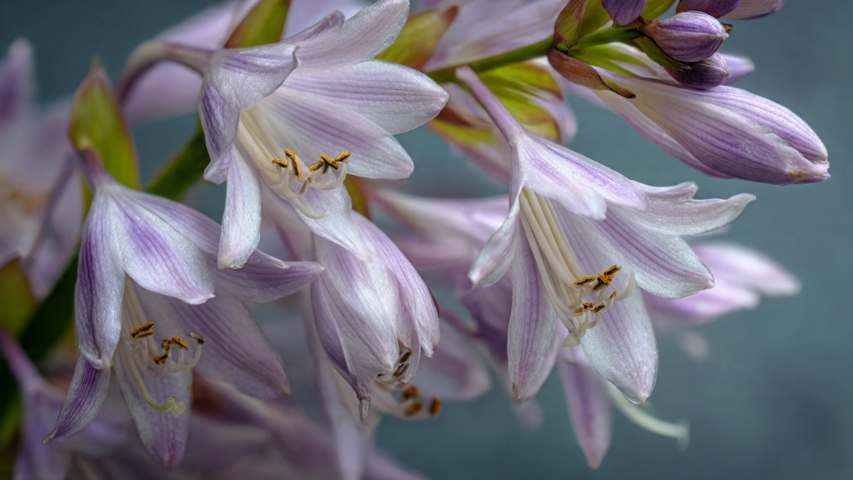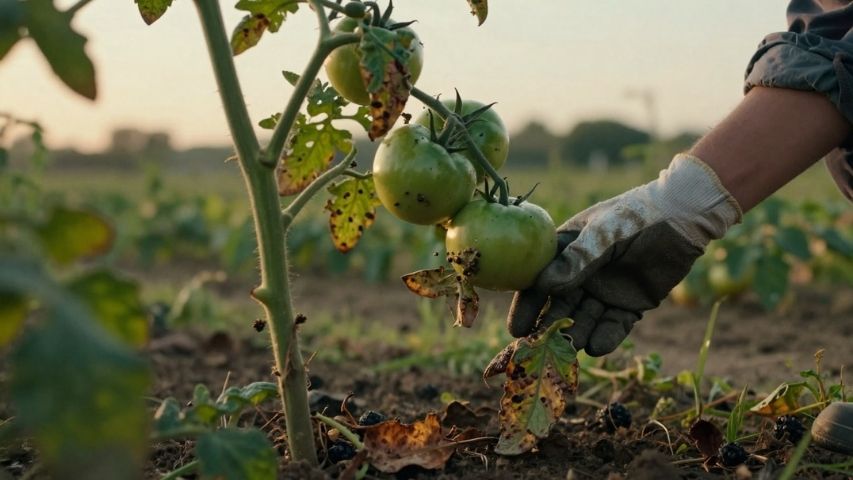If you have a shady spot in your garden, you likely have a hosta or two. These perennials are beloved for their lush, sculptural foliage that comes in a stunning array of shapes, sizes, and variegated patterns. They are the backbone of the shade garden, providing reliable greenery when other plants struggle without direct sunlight.
However, come late spring or summer, these leafy giants transform. They send up tall, slender stalks—known botanically as scapes—that eventually burst into white or lavender blooms. For some gardeners, these flowers are a delightful bonus that attracts bumblebees and adds vertical interest to the garden. For others, they are a distraction that ruins the clean look of the mounded leaves.
This leads to one of the most common debates in gardening: should you cut the flowering stems off your hostas, or let them bloom? The answer isn’t a simple yes or no. It depends entirely on your aesthetic preferences and the goals you have for the plant’s health. Whether you want to prioritise foliage, enjoy cut flowers, or boost root growth for next year, here is everything you need to know about managing hosta blooms.
Understanding the Hosta Bloom Cycle
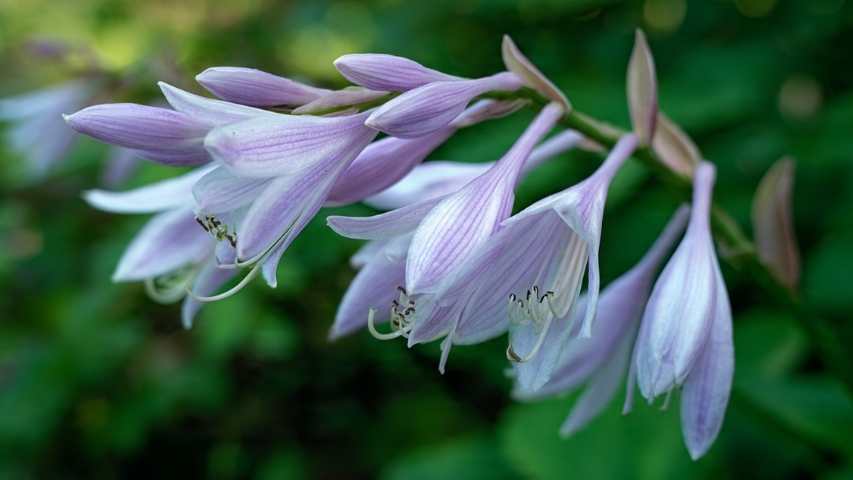
Before you grab your pruning shears, it helps to understand what is happening biologically with your plant. Depending on the specific variety you have planted, hostas typically enter their bloom phase between May and September. (What’s In Bloom | Coastal Maine Botanical Gardens, 2025)
The blooming period generally lasts for about three weeks. (Toolbox, n.d.) During this time, the plant sends up several long scapes featuring flower buds running along the length of the stalk. An interesting characteristic of the hosta is the lifespan of its individual blossoms. Each flower typically lasts for only a single day after it opens. (Hosta Flower Guide, 2021) However, because the buds open sequentially, the show continues for weeks.
While the foliage is the main attraction, the flowers have their own merits. Many are fragrant, and they serve as a food source for local pollinators. (Hosta spp. – Peconic Estuary Partnership, n.d.) However, managing them correctly can improve the overall vigour of the plant.
Option 1: Cutting Before the Bloom (The Foliage-First Approach)
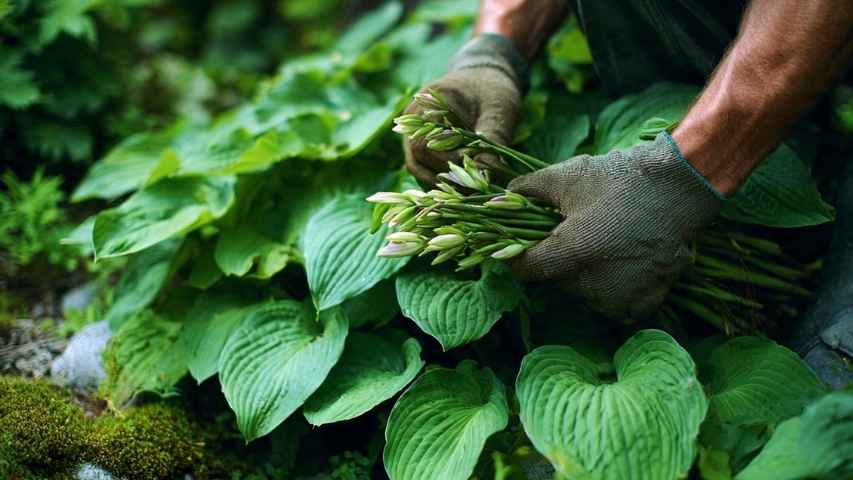
There is a school of thought among gardeners that hostas are strictly foliage plants. If you fall into this camp, you likely find the tall, spindly flower stalks to be untidy or distracting from the lush carpet of leaves below.
If your goal is to maintain a clean, uniform look in your garden beds, you can absolutely remove the flowers before they open.
The Right Way to Remove Scapes
Timing is key here. You want to catch the scapes just as they start to emerge from the centre of the clump. However, technique matters even more than timing.
- Do not pull by hand: It may be tempting to yank the stalk out, but this can damage the plant’s crown and harm the surrounding leaves.
- Use the right tools: Always use a pair of clean, sharp pruning shears.
- Cut low: Snip the scape near the base, right where it meets the leafy bottom of the plant. This hides the cut end and keeps the mound looking perfect.
Option 2: Cutting During the Bloom (The Cut-Flower Approach)
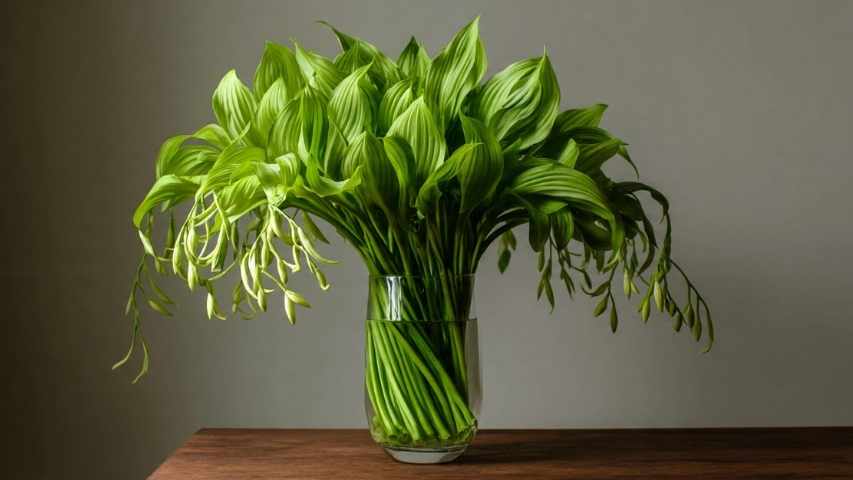
If you like the flowers but prefer them indoors, hosta scapes make great long-stemmed cut flowers for vases and arrangements.
If you want to harvest the blooms for indoor display, patience is required. You should wait until the buds have just started to open. The ideal time to cut is when only two flowers on the stalk have opened. (Hosta Flowers: Getting the Best Blooms, 2024)
After you put the cut stalks in water, the rest of the buds will open over about two weeks. (Garrison et al., 2025) This way, you can enjoy the flowers indoors without changing the look of your garden.
Option 3: Cutting After the Bloom (The Plant Health Approach)
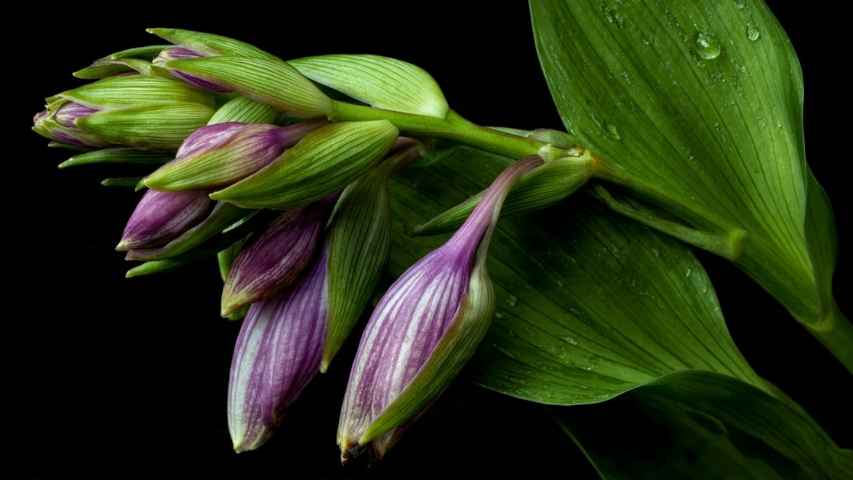
Even if you enjoy the blooms, you’ll need to step in for the plant’s health. When the flowers fade, they not only look less nice but also start a process that uses up the plant’s energy.
If you leave the old flower stalk, it will try to make seeds. This takes a lot of energy from the hosta, energy that could help the roots and leaves grow instead.
The Three-Fourths Rule
To stop the plant from using energy to make seeds, cut off the scapes near the end of the blooming cycle. A good rule is to cut the stalk after about three-fourths of the buds have opened. (Hayes et al., 2024) This helps the hosta put energy into growing bigger and healthier for next year.
Spotlight on the August Lily
Many gardeners don’t pay much attention to hosta flowers, but one type stands out for its blooms: the August lily (Hosta plantaginea).
This variety is special because it has strong, solid green leaves and grows tall, two-foot scapes in midsummer. Unlike the smaller lavender flowers of other hostas, the August lily has big white blooms.
The main attraction is the scent. These flowers smell like gardenias and can fill a patio or walkway with fragrance. The August lily is also popular in Southern gardens because it handles hot, humid weather better than most hostas. If you have one, wait to cut it until the last fragrant petal falls.
Troubleshooting: Why Is My Hosta Not Blooming?
If you want your hosta to bloom but it isn’t, there are usually three main reasons. Hostas are hardy, but they need certain conditions to flower.
1. Too Much Shade
It is a common misconception that because hostas thrive in shade, they require deep shade. While they burn in direct noon sun, they still need some light to produce the energy required for flowering. If your hosta is in profound darkness, it may survive but never bloom.
2. Incorrect Soil pH
Soil chemistry plays a massive role in nutrient uptake. Hostas thrive in soil with a pH level that is slightly acidic to neutral. Specifically, they are seeking a pH range of 6.5 to 7.5. (Boeckmann, 2025) If your soil is too acidic or too alkaline, the plant may be stressed.
3. Water Shortage
Hostas are thirsty plants with large surface areas on their leaves that lose moisture quickly. To flower, they require consistent hydration. Ensure your plants receive at least 1 inch of water per week, especially during the summer heat when blooms typically form. (Hayes et al., 2024)
Frequently Asked Questions
What do hosta flowers symbolise?
Hosta flowers also have a symbolic meaning. They stand for love and devotion. This makes them an excellent choice for bouquets to show affection to partners, family, or close friends. (Jennifer, 2025)
Cultivating the Perfect Shade Garden
Whether you cut your hosta stems early for more leaves or let them bloom for the bees and the scent, it’s up to you. Hostas are special because they’re so versatile. If you know their cycle and remove old blooms to save energy, your shade garden will come back stronger every year.







